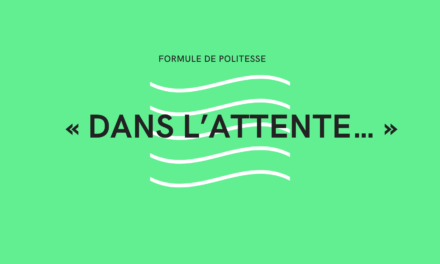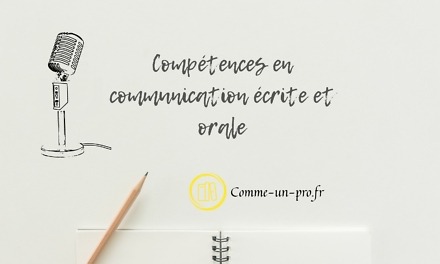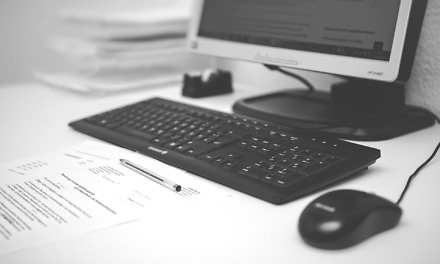A successful professional email: what does it look like?
The email guarantees more speed in the transmission of messages. But we do not write a professional email as we speak, even less in the same way as we write a letter or a mail. There is a happy medium to be found. Three criteria make it possible to identify a successful professional email. The latter must be courteous, concise and convincing. We are only interested in courtesy codes as befits professional emails.
A courteous email: What is it?
To be successful, the professional email must be courteous, that is to say, an email with an appeal at the beginning and a polite formula at the end. Each formula must be chosen according to the identity or status of the person to whom it is addressed. It therefore depends on the link or the degree of knowledge existing between the sender and the recipient.
As you know, there are writing codes in any business. The polite formula will be supported to the extent of the hierarchical distance which separates the correspondents.
Call formulas in a professional email
There are several call options in a professional email:
- Hello
Its use is sometimes criticized. But this formula is sometimes used when addressing people we know, but with whom we have not forged strong enough bonds.
- Bonjour à tous
We use this polite formula, under two conditions. The first is that the mail is addressed to several recipients at the same time. The second is that it is an informational email.
- Hello followed by the first name
This call formula is used when the recipient is either a colleague or a known person.
- Recipient's first name
In this case, it is an individual you know on a personal basis and with whom you interact frequently.
- miss or Mister
This is a formal relationship, when the recipient has not revealed their identity to you.
- Dear
This form of appeal corresponds to situations in which you do not know whether your recipient is a man or a woman.
- Mr. Director / Mr. Professor…
This polite formula is used when the interlocutor has a particular title.
Polite expressions at the end of a professional email
As in the previous case, there are many polite formulas to finish a professional email, while taking into account the recipient's profile. We can cite among these:
- cordially
- For yourself
- friendships
- best regard
- Sincerely
- Respectful greetings
- Sincerely
Be that as it may, courtesy is also knowing how to reread. You may not know it, but for the majority of people in the professional world, an email riddled with errors indicates a lack of consideration for the recipient. As much as possible, you should therefore proofread yourself to ensure that the grammatical and syntactic rules are respected.
Another essential point, the abbreviation. It should be banned from your professional emails, even when it is an email exchanged between colleagues.





